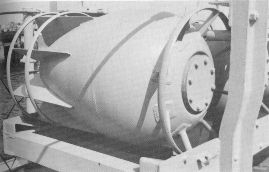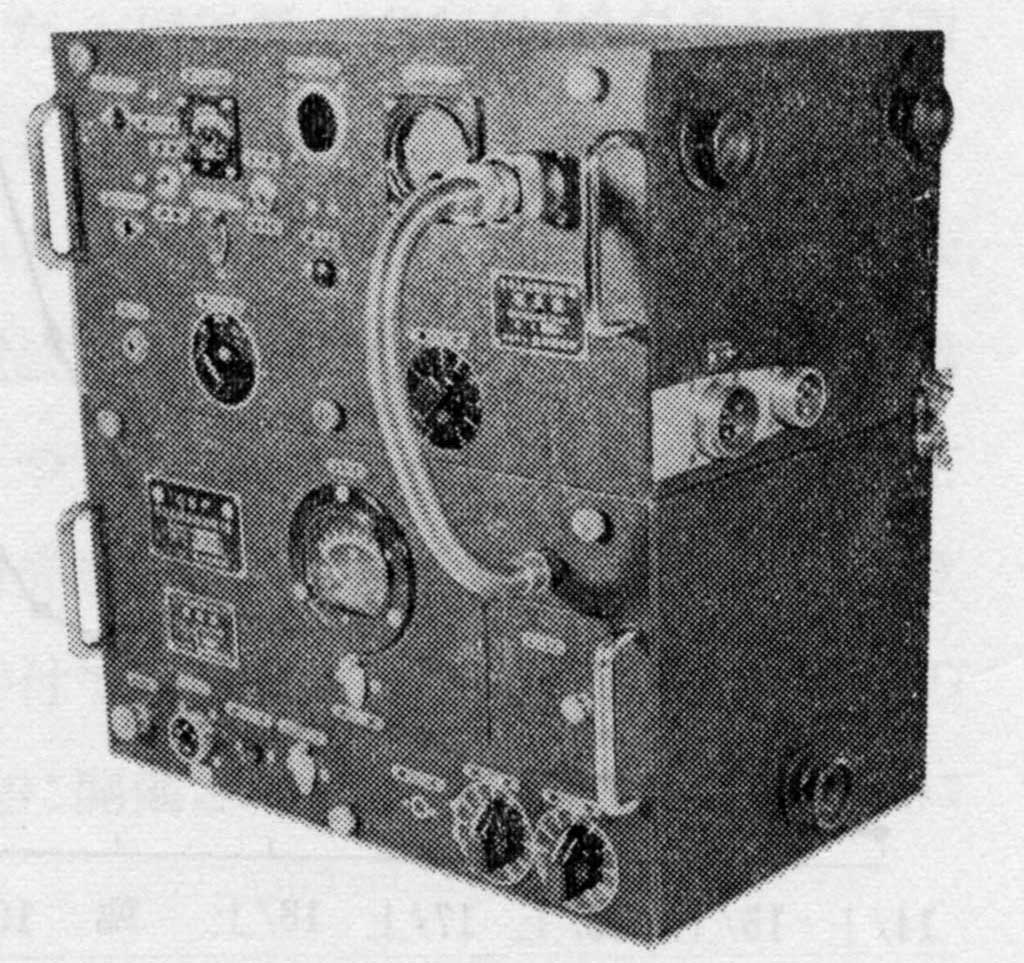This page contains kanji characters.
IJN dispatched a tokumu kantai to the Mediterranean Sea in WWI. Flag ship of the fleet was Cruiser Izumo. The fleet consited of 3 squadrons.
-
10th SQ : Kaba class destroyer Katura, Kaede, Ume and Kusunoki
11th SQ : Kaba class destroyer Sakaki, Kashiwa, Matsu and Sugi
15th SQ : Momo class destroyer Momo, Kashi, Hinoki, Yanagi
UK China Station| US Asia Fleet | | |
| Cruiser | 6 | 1 |
| Gun boat | - | 11 |
| Destroyer | 10 | 19 |
| Submarine | 12 | 19 |
Aircraft carrier| 1 | - | |
| Troop | Infantry 2,300| Marines 1,200 | |
IJN sank 51 allied navies submarines. But A lot of Japanese merchant ship were sunk by US submarines. Japan lost 5.3 million GT of merchant ships by allied submarines. While allied navies sank 97 IJN submarines, and allied nations lost 1.4 million GT of merchant ships by IJN submarines. Japan's merchant loss increased year and year. But allied merchant loss decreased. USN submarines sank 603 Japanese merchant ships in 1944, while IJN submarines sank 28 allied merchant ships only. Why did IJN fail in ASW? USN and IJN had prepared fleet submarines before the Pacific War, though both navies knew British ASW in WWI. But USN changed them for destroying commerce lines at the War, though they were troubled by bad torpedos. While IJN used for reconnaissance and sinking main warships. IJN had found that submarines could not attack a fleet in a drill. IJN did not change how to use submarines. USN admitted how to use submarines and ASW in 1942 at once. But IJN could not evaluate commerce line crisis as USN did. I think US commons always checked USN performance. The US people did not allow their merchant oil tankers were sunk by U boats. Otherwise Japanese people always endured various feed tickes, and were subjected to Government. Tojo sometimes said, "We must endure and continue to fight." But IJN did not obey Tojo Government demand to defend merchant ships. IJN was too proud and stupid to fight ASW against US submarines. I was sad to read how IJN admirals commented on US submarines just after the Pacific War. As matter of fact, GF (Grand Fleet) could not defend themselves well. 4 destroyers were sunk one by one for 4 days in the Tawi-tawi Bay in June 1944. So aviators did not train themselves on aircraft carriers because the carriers could not run in the bay before the Mariana Battle.
| Cause | Type I | Type Ro | Sum |
| Destroyer | 22 | 12 | 34 |
| Destroyer escort | 11 | 9 | 20 |
| Aircraft | 6 | 3 | 9 |
| Mine | 1 | 2 | 3 |
| PT | 2 | - | 2 |
| Boat | 3 | 2 | 5 |
| Submarine | 15 | 2 | 17 |
| Total | 60 | 30 | 90 |

|
King directed ASW himself. He ordered that a merchant ship did not run alone and ran by a convoy in August 1942. USN built 200 destroyer escorts for eight months in 1942. USN established 10th fleet in spring 1943. USN and RN could break wireless signals of U boats. USN pressed U boats by aircraft and hunter-killer tactics. At last U boat retreated from the east coat of the US and the Caribbean Sea in May 1943[1]. USN destroyers escort were equipped with a surface PPI radar.
USN used Mk 6 depth charge which decent at 2.5m/s. New Mk 9 was 6m/s decending speed in Mar 1943. In fact, loss of IJN submarines increased after Q2 of 1943, as shown in Tbl-103.
USN had a lot of destroyer escorts. Pairs of hunter and killer searched and destroyed IJN submarines in 1944. Hedgehog could attack a submerged submarine within 180m forward. The hedgehog sank at fast speed of 6.7 to 7.2 m/s. Ro-501 was sunk by the hedgehog in May 1944 for the first time. The hedgehogs sank Ro-105, -104, -116, -108, -105, I-10, -37, -46, -48, -54, -177, -182, -363 and -370. Mouse trap was a rocketed hedgehog. The mouse trap sank I-32 in Mar 1944[2]. USS Anzio (CVE-57) sank I-367 near Iwojima, using a homing torpedo Mk.24 called FIDO which was released by aircraft. Tbl.1 shows causes of IJN submarines loss. The loss by aircraft was far fewer than submarines. The total number 90 is not the same as Hashimoto showed 97 already.
Hashimoto, p289-290, p294-295
USN used sea planes well which were useful for patroling at night, and had a carrier force group in Okinawa then. Avengers of TG52 patroled and searched submarines daytime maybe. 6 TBM-3Es patroled at night.
| Year | IJN warships kton (number) | Japanese merchant ships kton (number) | US submarines Sorties (loss) |
| 1941-42 | 11.0 (2) | 725 (180.0) | 350 (7) |
| 1943 | 29.1 (22) | 1,500 (335.0) | 350 (15) |
| 1944 | 405.7 (104) | 2,700 (603.0) | 520 (19) |
| 1945 | 66.1 (60) | 415 (186.5) | 330 (8) |
IJN did not have serious concern about defense of merchant ships because of disorder of US Mark 14 torpedos. USN submarines were equipped with a surface PPI SJ radar in the end of 1942. And USN broke cipher of Japanese merchant communication signal which was called maru code by USN in the beginning of 1943[8]. USN adopted Torpex explosive as warheads of torpedos in February 1943. USN Lockwood ordered his boats to deactivate the Mark VI magnetic influence exploder and use only its contact pistol in July[7]. Soon US submarines began to damage to Japanese convoys heavily.
IJN renamed Mine School as Anti Sub School on 25 March 1944, though Training was conventional to listen a tune and how to handle passive and active sonars for young sailors.[12] It was too late to train anti sub crews.
Martime Escort Headquater
(³¤¾å¸î±ÒÁí»ÊÎáÉô)
found USN adopted wolfpack tactics, because IJN warships listened to VHF telephone talk among USN submarines[4],
when IJN aircraft carrier Chuyo
was sunk on 4 December 1943. IJN Headquater agreed to use mines at last. The mines were begun to install in the west of
Kyushu in Feburary 1944. Martime Escort HQ was to use 4 auxiliary aircraft carriers, but they had to repair for half a
year[3]. Destroyer escorts ran at a loss unequipped with a surface radar on 18 August 1944, when IJN aircraft carrier Taiyo was sunk[5]. When auxiliary aircraft carrier Shinyo was sunk on 17 November 1944, a few destroyer escorts were equipped with a surface radar. But the using skill of the radar was poor, Oui wrote[6]. I think it was difficult to find and distinguish the enemy in the convoy because the IJN surface radar was no PPI.
Arisawa of Escort HQ planned to deploy landed radars in the islands of Luzon Strait[9]. But merchant ships could not pass the strait any more, when the radar was deployed.
Training
| Date | Location |
| 1944Jan | dispatched 6 Nells to Okinawa (Oroku) |
| 1944Aug30 | from Tateyama to Okinawa |
| 1945May15 | from Okinawa to Korea(Jinhae-si) |
Nell
Mavis
Magnetic detector KMX
 |
IJN planned new anti submarine aircraft named Tokai to product compared very small to Liberator, and might be cheap. KMX were supplied with them. IJN tried to product more than 1,000 Lorna ( Toukai ), but it was too late.
KMX
Lorna(Toukai)
Ibuka Masaru(1908-1997)
-
MAD of JMSDF is AQS-81 detecting at 500 - 1,000m now. Aircraft detect only 500m width under water submarine even now. A Chinese submarine poped up just aft a US aircraft carrier near Japan.
Carrier aircraft
901st kokutai was used to search a fleet in October 1944 near Taiwan, because Nell of 901st kokutai were equipped with airborne radars. They were lost. USN carrier aircraft raided in airfields on the west coast of Luzon. Aircraft with KMX were lost by the air raid.
Oui, p305-307
Germany had tried dispatching 95 U-boats at the Mediterranean since September 1941. 12 U-boats gave up. 5 U-boats were sunk on the way to the south. 78 U-boats could arrive at the mouth of the Strait. 6 of 78 were sunk and anthor 6 of 78 were damaged. 62 U-boats could enter into the Mediterranean. There were 26 U-boats in the Mediterranean.
-
2212 spotted at Northeast, range 8,000m
2218 submerging
2357 range 2,500m, unavilable attack angle, 2hr later Corvina changed the direction
0020 fires 3 torpedos
0021 2 torpedos hit
0030 I-176 afloat
[1] NHK1, p99-103
[2] Kimata, p300-306
[3] Oui, p165-166
[4] Oui, p211
[5] Oui, p291-292
[6] Oui, p322
[7] Sensuikan Kohgeki, p93
[8] NHK1, p163-164
[9] Oui, p163
[10] Sensuikan Kohgeki, p87-88/ Kimata, p190
[11] Hashimoto, p305
[12] Sensuikan kougeki, p120
[13] Oui, p301-302
[14] NHK1, p68-70
[21] Peillard, ge, p182-183
[22] Consolidated PBY Catalina
[23] History of Port Lyautey
| ||||||||||||||||||||||
| ||||||||||||||||||||||
| ||||||||||||||||||||||
|
I suppose that it was impossible to measure distance of a target in case of type 93 passive sonar. Another data of type 93 might be in fact. It shows that dead distance was 500 m. I find how allied hunter killer tactics was effective considering the dead distance. Destroyer Kagero got a range 3,200 m at 8 kt, 1,000 m at 14 kt applying for type 93 passive sonar. Destroyer Hatsuzuki got a range 5,000 m at 6 kt, 2,600 m at 12 kt and 2,000 m at 14 kt.[4] There is another data of passive sonar tested in submarine school in 1933.[7] IJN dispatched military delegation to Germany in 1941. IJN was trying to copy French SCAM then. IJN found active sonar important. IJN Laboratory began to develop the new active type sonar with NEC in 1941. NEC made 30 to 50 sonars at month in 1943.[1] This type was called type 3 ( 3 shiki tanshingi ). Transducer of the original German type was crystal. So 2 German sound engineers came to japan on a German cruiser in 1943. One was an expert of production of the crystal. Toshiba was to product the crystal, but the factory was destroyed before production by B-29 air raid in 1945.[2] According to Hirota, U-boats adopted Type S active sonar. But German submariners hardly used active sonar.[5] An IJN engineer proposed a new way how to detect a surface ship. It was to equip detectors at bow and stern of a submarine. IJN did not approve it at first. Its method looked like German GHG which had 24 detectors, I suppose. In the end of the Pacific War, there were a lot of stock of the new type sonars, though IJN had not have enough submarines suitable for them any more.[3] Sonars of RN destroyer escorts had range of 1,100m to 1,400m in the Atlantic Battle.[6] It was necessary like hedgehog or squid to attack forward for IJN. Or a pair of a hunter detecting a submarine and a killer attacking it was the best way like DE-635 England. But it was to too late to shipbuild a lot of kaibou kan. Kaibou kan was smaller than corvette. After all Japan lost a lot of merchant ships and crews' and soldiers' lives aboard. | |||||||||||||||||||||
| Wireless signal locator | ||||||||||||||||||||||
|
RN RN suceeded in positioning a U-boat from a short transmitting wireless signal in 1939. The principle was a simple goniometer. Rengogun, p124-125 HF/DF An Allied Weapon against German U-boats 1939-1945 FH4 DF System HF/DF or HUFF DUFF - HIGH FREQUENCY RADIO DIRECTION FINDING in ROYAL NAVY WARSHIPS in WORLD WAR 2
IJN  aboutMe © 2008-2011 Enoki Sensor All Rights Reserved |